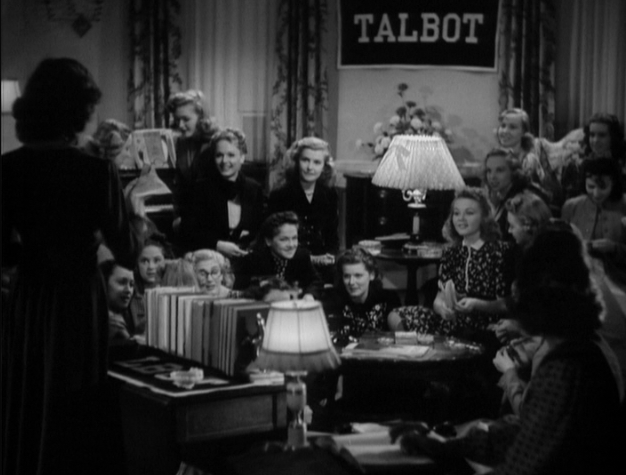Originally released as Nobody Runs Forever, The High Commissioner (1968) was directed by British filmmaker Ralph Thomas. The story was based on Australian author Jon Cleary's novel The High Commissioner which was originally published in 1966. Meant to be a stand-alone story about police inspector Scobie Malone, the first novel was so popular Cleary subsequently wrote 19 more detective novels featuring the same character. Cleary's Malone novels and other stories were adapted into movies and TV shows over 20 times. He also wrote The Sundowners. When Nobody Runs Forever was released in the US later in 1968 the title was changed to match Cleary's novel.
The High Commissioner was filmed on location in London and at Pinewood Studios. There is one aerial shot of Sydney Harbor and you can see the beginning construction of the Sydney Opera House in the background. There is also a scene at a Wimbledon game later on in the film. Produced by indie Katzka-Berne Productions, as well as other production companies including Rod Taylor's Rodlor, unfortunately the film did not perform well at the box office and proved to be a financial loss.
 |
| Rod Taylor and Christopher Plummer |
This is a shame because as a political espionage, this movie has a lot to offer. It's got world politics, action, sex, betrayal and clashing cultures. Rod Taylor is in his element as a rough-and-tough Australian police sergeant. This part is not stretch for him by any means. Christopher Plummer is incredibly charming as the heroic yet pained Sir Quentin. He smolders on screen. Lady Quentin, played by Lilli Palmer, is much older than her husband. In fact Palmer was 15 years older than Plummer. However the age difference is never brought up in the film, something I found surprising and rather refreshing. It's clear there is an age difference but Sir Quentin isn't with her for political gain or for money. They simply love each other and this is made very clear in the movie. I wonder if this was an element of the story that was kept from the original novel or added to the movie. Some notable performances include Clive Revill as Joseph, the Quentin's butler who butts heads with Malone and secretly works as an agent. The High Commissioner was the last film for Franchot Tone who makes a brief appearance as Ambassador Townsend who in the story is bedridden in the city hospital. It's also the final film for Trinidadian singer and actor Edric Connor who has a small role as a foreign diplomat. Connor passed away a few months after the film was released.
The High Commissioner (1968) is quite satisfying. It had a lot of what I love about films from that era without being campy. It's a serious thriller with some implausible scenarios that require the audience to suspend their disbelief. The movie is beautifully shot, has some fine performances and is overall very enjoyable.
The High Commissioner is being released later next month from Kino Lorber on DVD and Blu-Ray. I watched the Blu-Ray which was quite a treat. Thank you to Kino Lorber for sending me this movie for review.




















